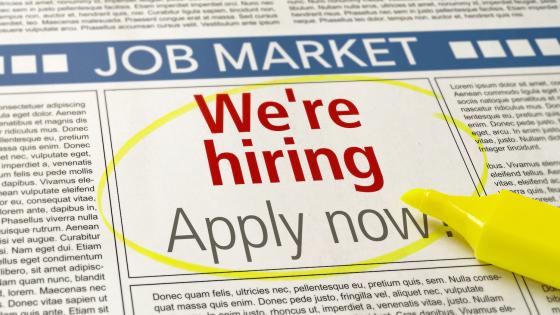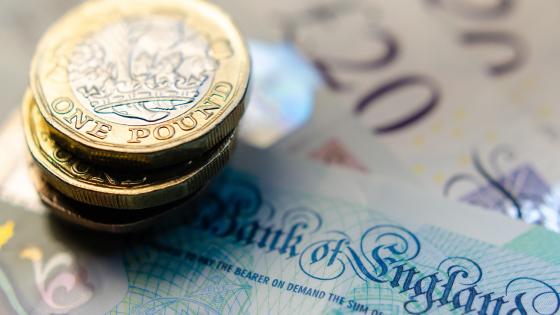DP2129 Identifying the Effect of Unemployment on Crime
Previous estimates of the effect of unemployment on crime commonly omit determinants of criminal behavior that vary with the business cycle, creating correlation between unemployment rates and the residuals in aggregate crime regressions. In this paper, we employ several strategies that attempt to minimize or break this correlation and eliminate the accompanying omitted variables bias to estimates of the effect of unemployment on crime. Using a state-level panel for the period from 1970 to 1993, we explore the sensitivity of crime-unemployment elasticity estimates to explicit controls for per-capita alcohol consumption, a factor that has been shown in the past to be pro-cyclical and a partial determinant of criminal behavior. In addition, we use prime defense contracts per-capita at the state level as an instrument for state unemployment rates. Both controlling for alcohol consumption and using instrumental variables to correct for omitted variables bias yields large effects of unemployment on the seven felony offenses recorded by the Department of Justice. Moreover, in contrast to previous research, we find significant and sizable positive effects of unemployment on the rates of specific violent, as well as property crimes.


